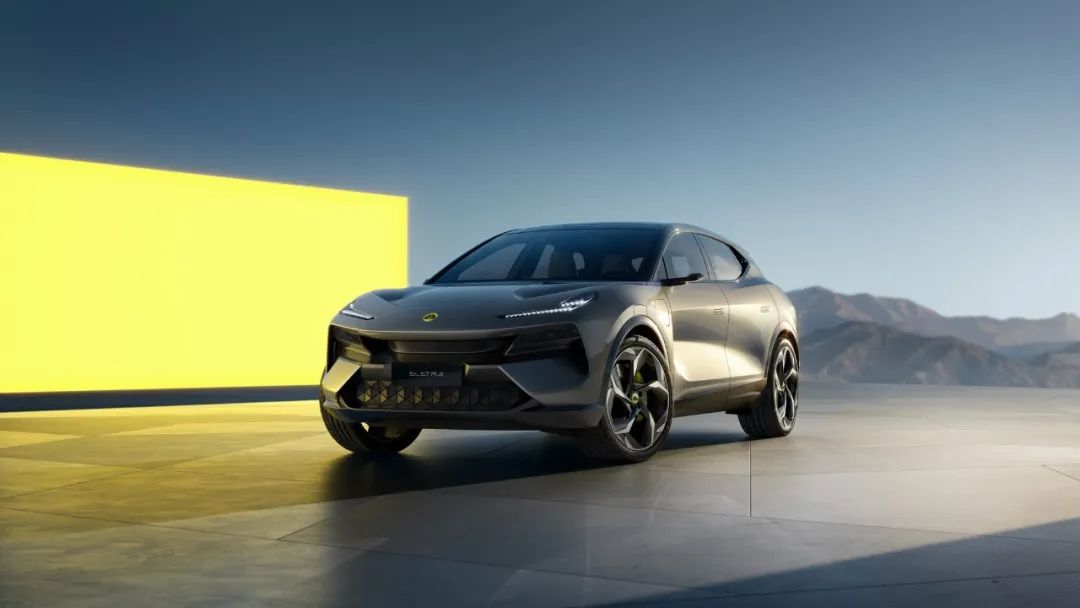## About Lotus Eletre
I last drove a Lotus in 2019, the Evora GT410 Sport, which left me with a deep impression. It was one of the most hardcore sports cars I've ever driven, showcasing Lotus' brand genes of aerodynamics, light weight, and hardcore driving.

With Lotus' electrification transformation, the Emira released in 2021 became the "swan song of fuel" for Lotus, followed by the company's first pure electric supercar, Evija, which has only five quota allocations in the Chinese market.
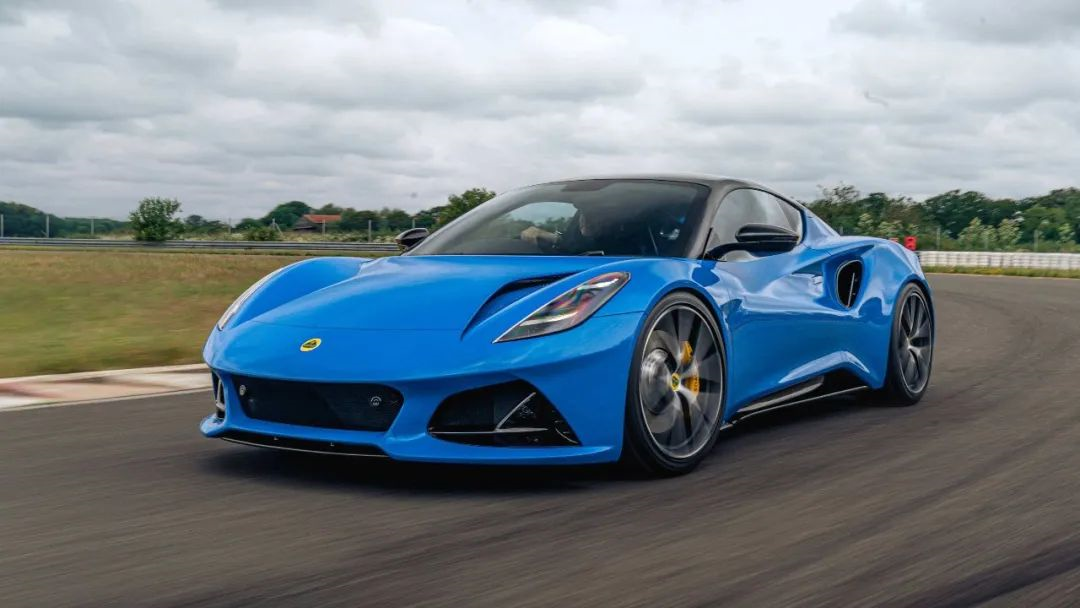
If "high-profile appearance" is the first step in establishing Lotus' image in its transformation, then the second step is this stunning Lotus pure electric SUV: Eletre.

Currently, the official information about Eletre from Lotus is not that specific, especially for the smart cockpit and smart driving. So, can we dig out more information from the official pictures?
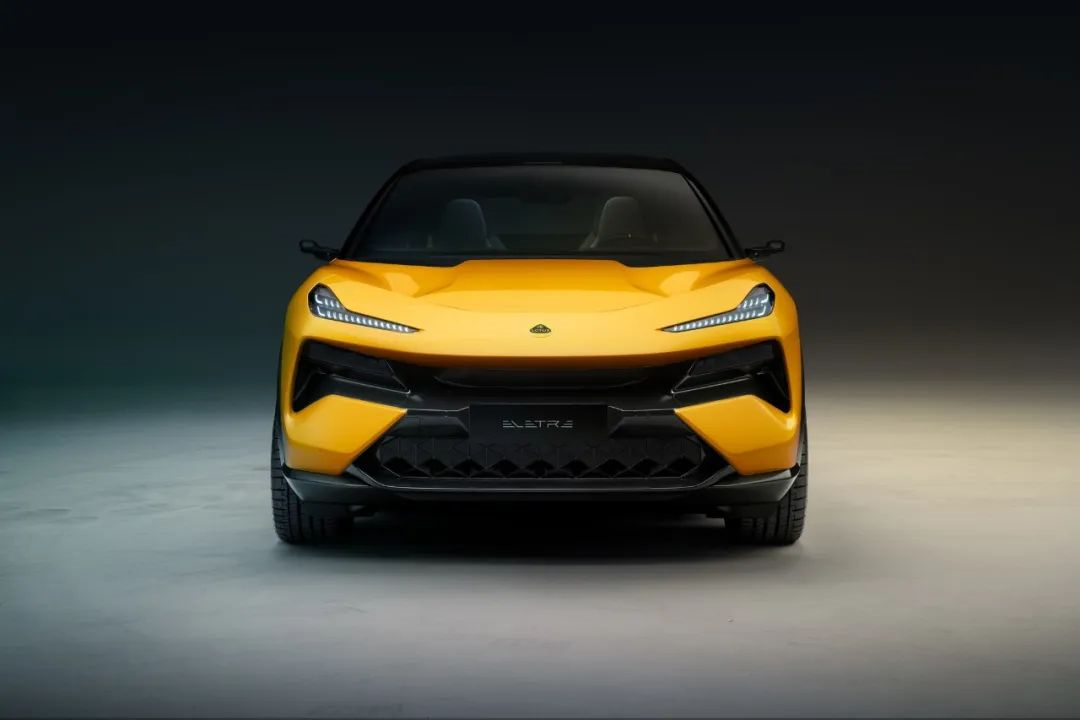
Two days before its official debut, Type 132 officially released its name "Eletre," which comes from the Hungarian word for "reborn." Lotus calls Eletre a "pure electric Hyper SUV," indicating that the Eletre will still satisfy our desire for driving.
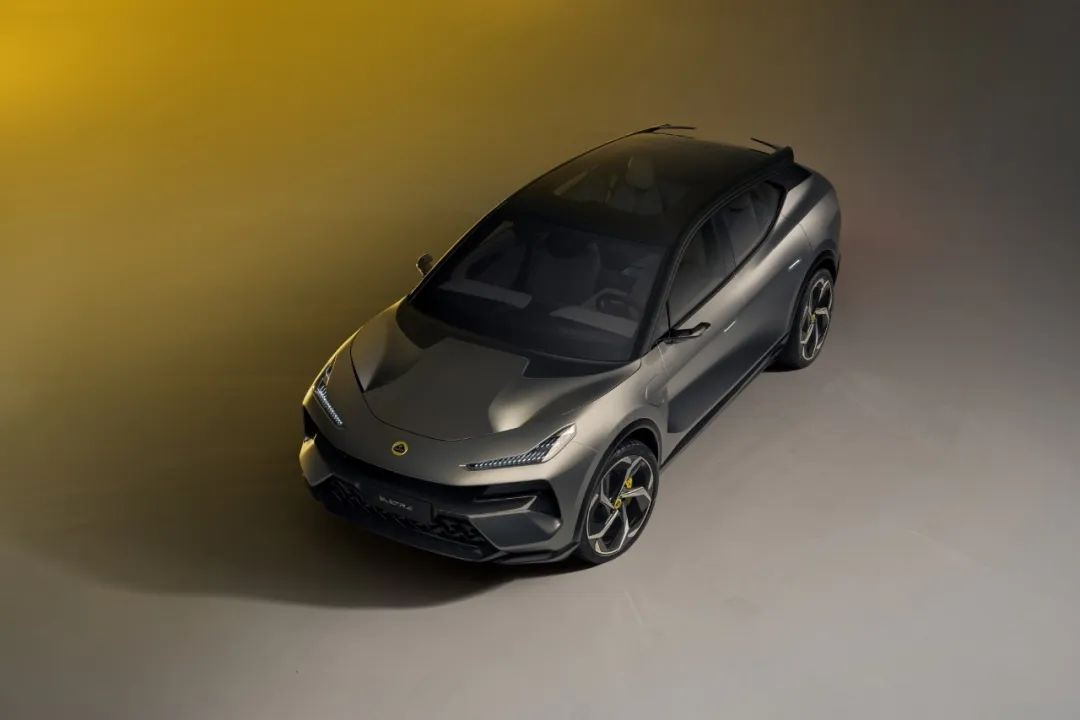
Let's first take a look at the basic information of Lotus Eletre:
-
Developed based on the Electric Premium Architecture (EPA), which can support the development of vehicles from C+ to E+ level, including power batteries of different sizes, motors with different power, and intelligent driving technology;
-
Body dimensions: 5,103 mm in length, 2,135 mm in width with electronic rearview mirror / 2,231 mm in width with standard rearview mirror, 1,630 mm in height, and 3,019 mm in wheelbase;
-
Power system: equipped with a front and rear dual-motor layout, with a system maximum output power of 600 hp (approximately 447 kW), and a zero-to-100 km/h acceleration capability of 2.95 seconds. Equipped with a power battery pack with a total capacity of 100 kWh, the vehicle has a range of approximately 600 km under the WLTP conditions;
-
Chassis and driving: equipped with CDC continuously variable damping air suspension, rear-wheel steering, electronic anti-roll bar, and torque control, with four driving modes including Range, Tour, Sport, Off-Road and Individual;
-
Energy supplement efficiency: using an 800V electric vehicle architecture, the vehicle can be supplemented with energy through a 350 kW charging pile, and it only takes 20 minutes to supplement 400 km;
-
Intelligent driving: equipped with four lidar sensors, the hardware meets L4 autonomous driving capabilities.
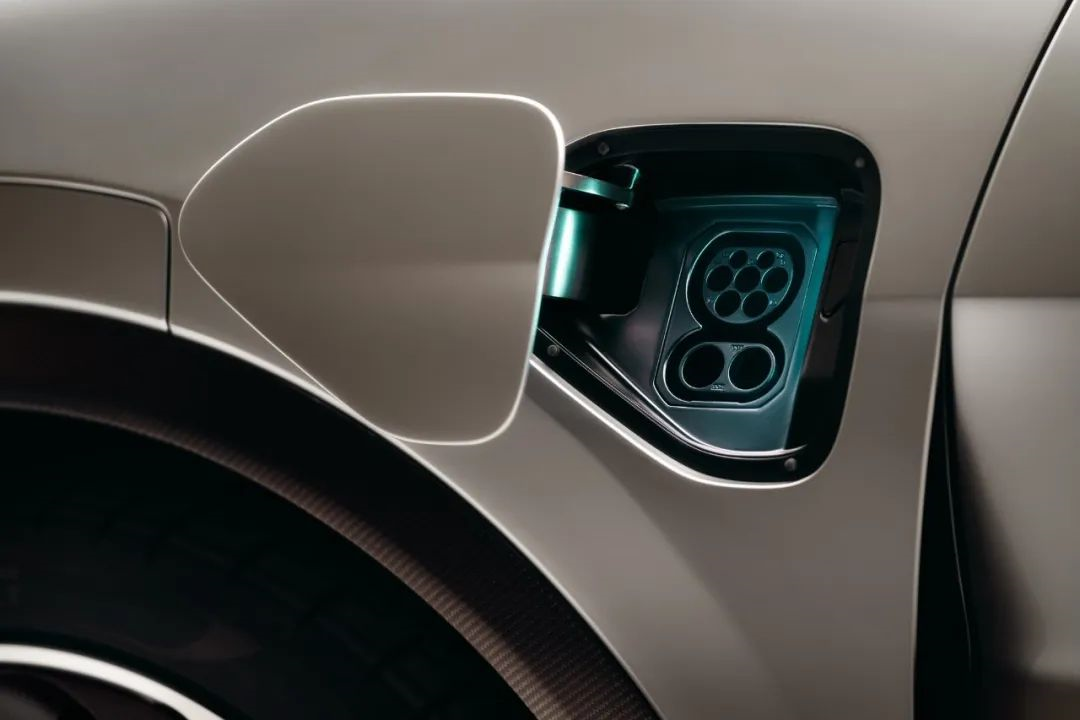
There are many highlights of Lotus Eletre, and we will analyze them one by one.
“More Than” Driving Air
Let’s start with the appearance. One of the essences of Lotus’s DNA is extreme aerodynamics, which is also present in the Eletre.

What we can see the most on the Lotus Eletre is the “porous design”, which is also present in the Evija and Emira, and Lotus calls it “Race-Aero Duct”.

The airflow enters through the front air intake and is discharged from two exhaust outlets on the front hood. At the same time, the continuous front and rear wheel arches also demonstrate Eletre’s control over the drag coefficient.

The active air intake grille in the shape of a hexagon below the front bumper can remain closed when the vehicle is stationary or in motion to reduce air resistance.

When it is necessary to dissipate heat from the motor, battery, and brakes, the active air intake grille will open to allow air to enter.
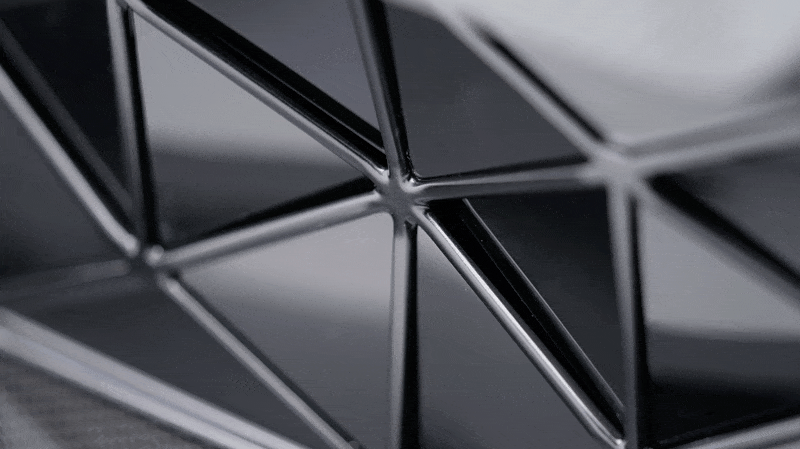
At the rear, the Lotus Eletre also features a split carbon fiber roof spoiler, which guides airflow towards the active rear hatch spoiler.

The active rear hatch spoiler provides three different angles of opening depending on the driving mode.
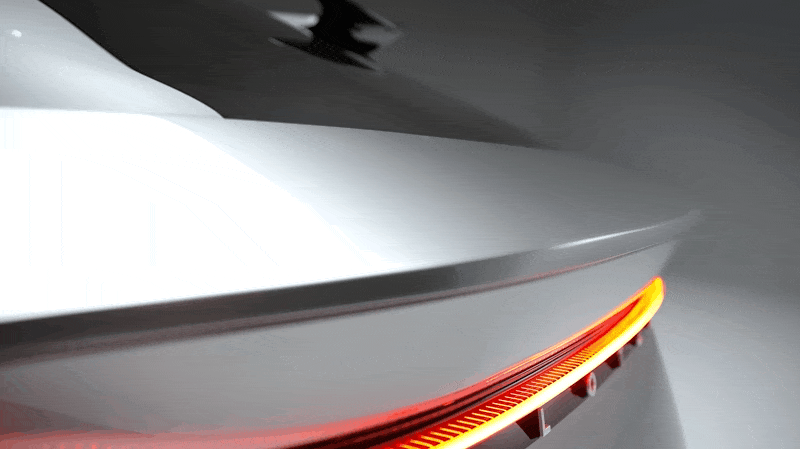
Overall, the Lotus Eletre’s exterior design utilizes a lot of aerodynamic design, with all the black components of the body made of carbon fiber, while the body covers are made of aluminum. However, in addition to “driving the air,” as the first car in the Lifestyle series, the Lotus Eletre also features detailed designs for travel scenarios.
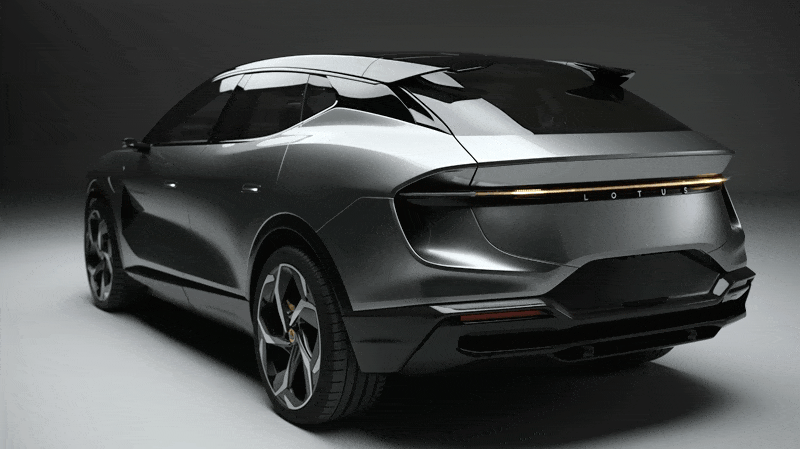
At the rear, the full-width tail lights can display four different colors, in addition to serving as turn signals and providing a sense of ceremony when unlocking the vehicle, they can display the charging status of the power battery.

As for the aesthetics of the Lotus Eletre, I personally think it looks great, especially in the gray car paint in the official pictures.



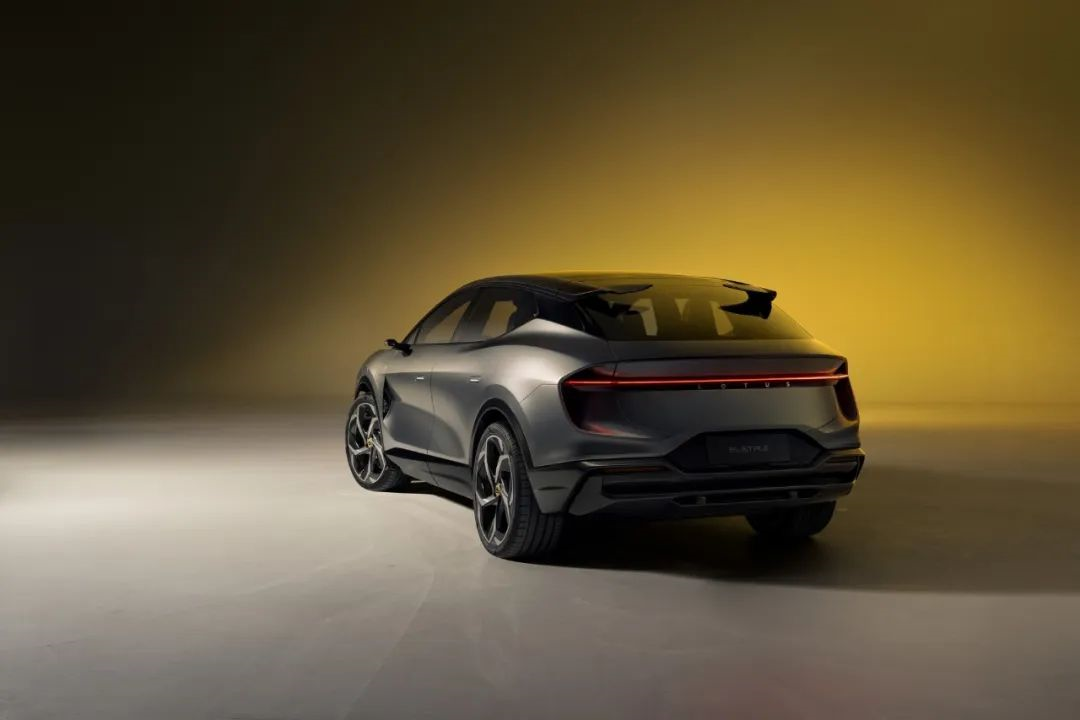
Compared with the yellow car paint, the gray car paint looks more “battle ready”.

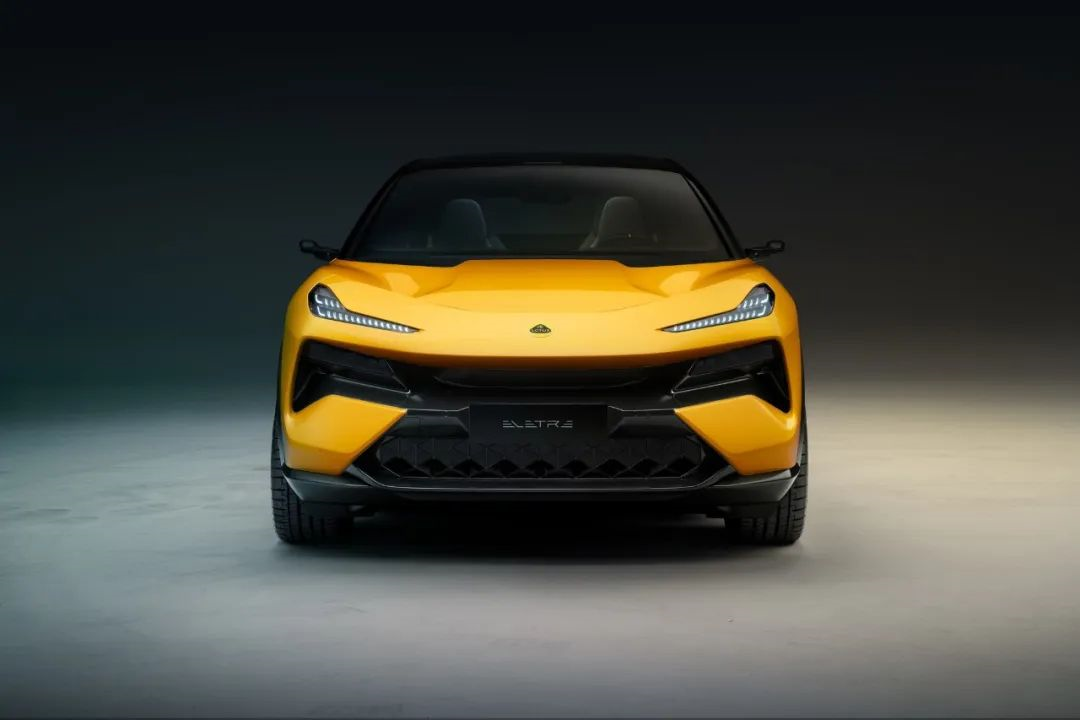
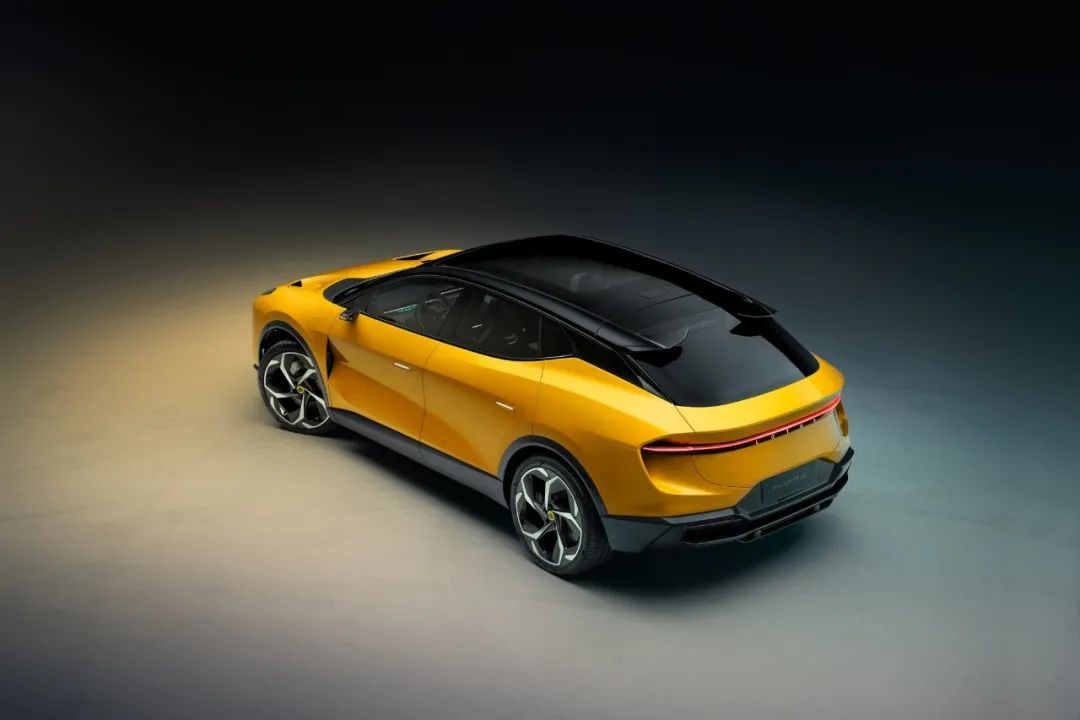


However, beauty is in the eye of the beholder. What do you think?
Scrutinizing Interior Materials
After discussing the exterior matters, let’s move on to the interior of the Lotus Eletre. And the conclusion is that this might be the best-looking and most innovative interior design among current Lotus products.
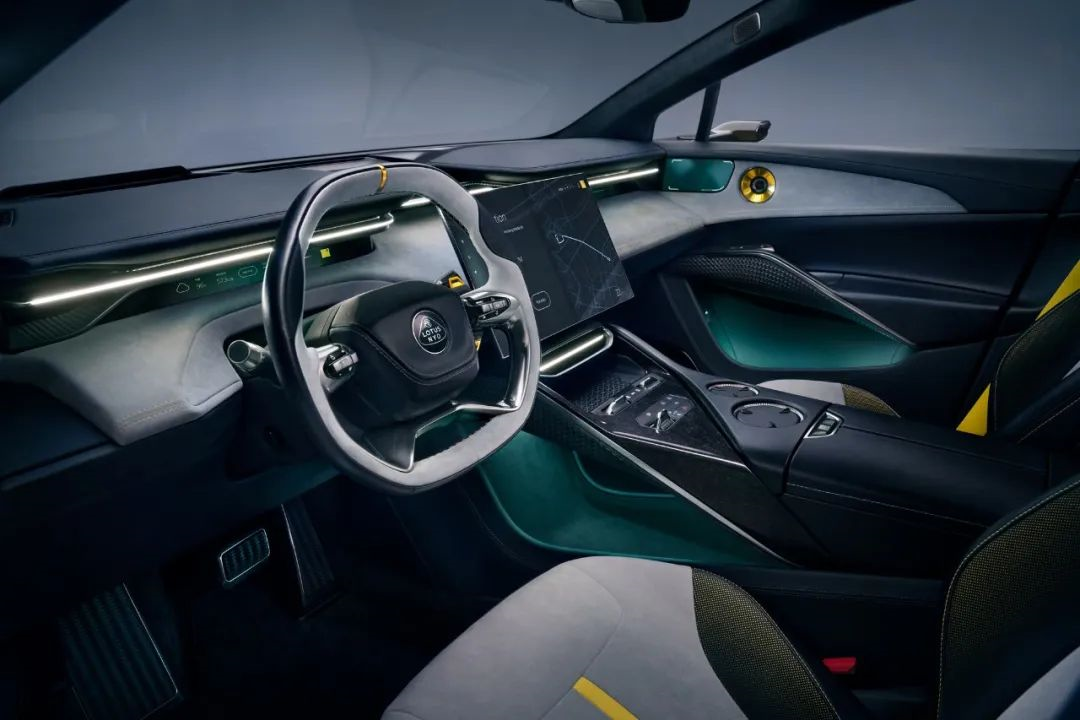
In addition to its high-end design, the interior of the Lotus Eletre also features weight reduction and sustainable materials.
Lotus collaborates with Danish textile design company Kvadrat on interior materials. Soft and durable synthetic microfibers are mainly used in areas frequently touched by passengers in the interior.
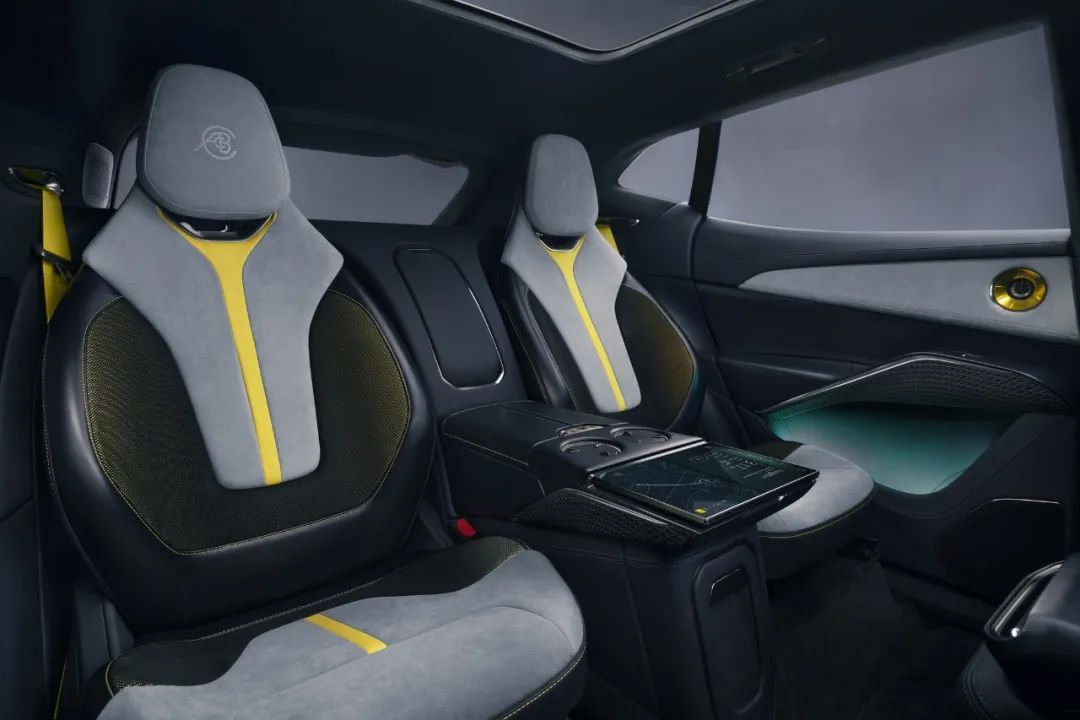
And the seats are made of wool blend fabric, which is 50% lighter than leather.
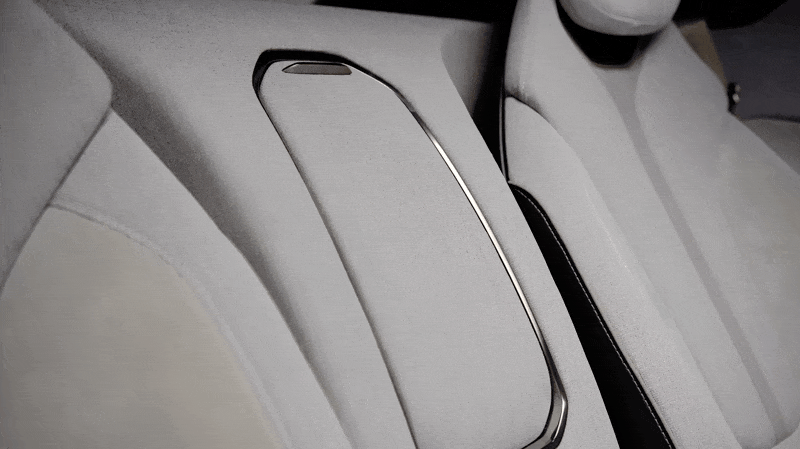 Translated English Markdown:
Translated English Markdown:
The hard materials in the Lotus Eletre cockpit are made of carbon fiber. However, Lotus did not choose “woven carbon cloth,” but recycled the edge scraps that were cut off during the carbon cloth manufacturing process. They were mixed with resin and pressed into shape to create “recycled materials” accessories.

Finally “Learned” Interactive Design
The Lotus Eletre’s cockpit is equipped with 4 screens + 1 AR-HUD. The screens include: 1 instrument screen with a height of 30mm, 1 co-pilot entertainment screen with a height of 30mm, 1 15.1-inch central control screen, and 1 9-inch rear control screen. (The version of the car with an electronic rearview mirror has 6 screens, including 2 electronic rearview mirror display screens.)
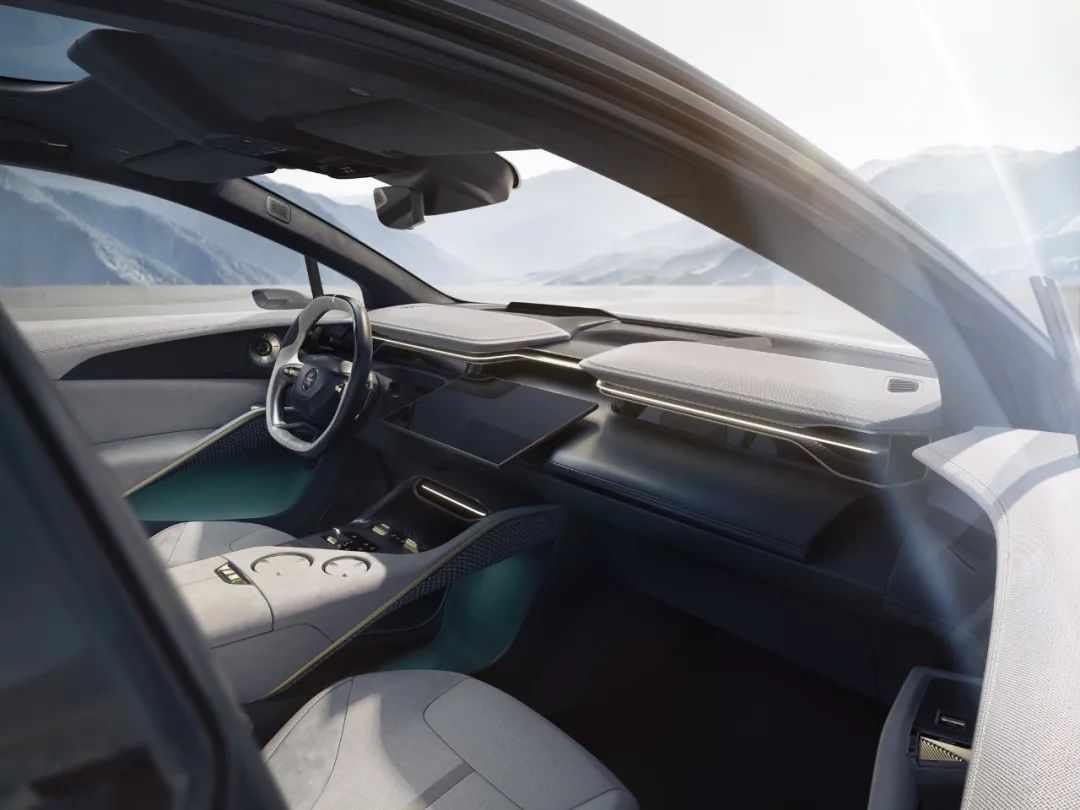
In addition to the screens, the interaction methods include voice interaction, steering wheel button interaction, lighting interaction, and so on.
Instrument Screen & Co-pilot Entertainment Screen
Both of these screens are slender screens with a length of 12.6 inches and a height of less than 30mm.
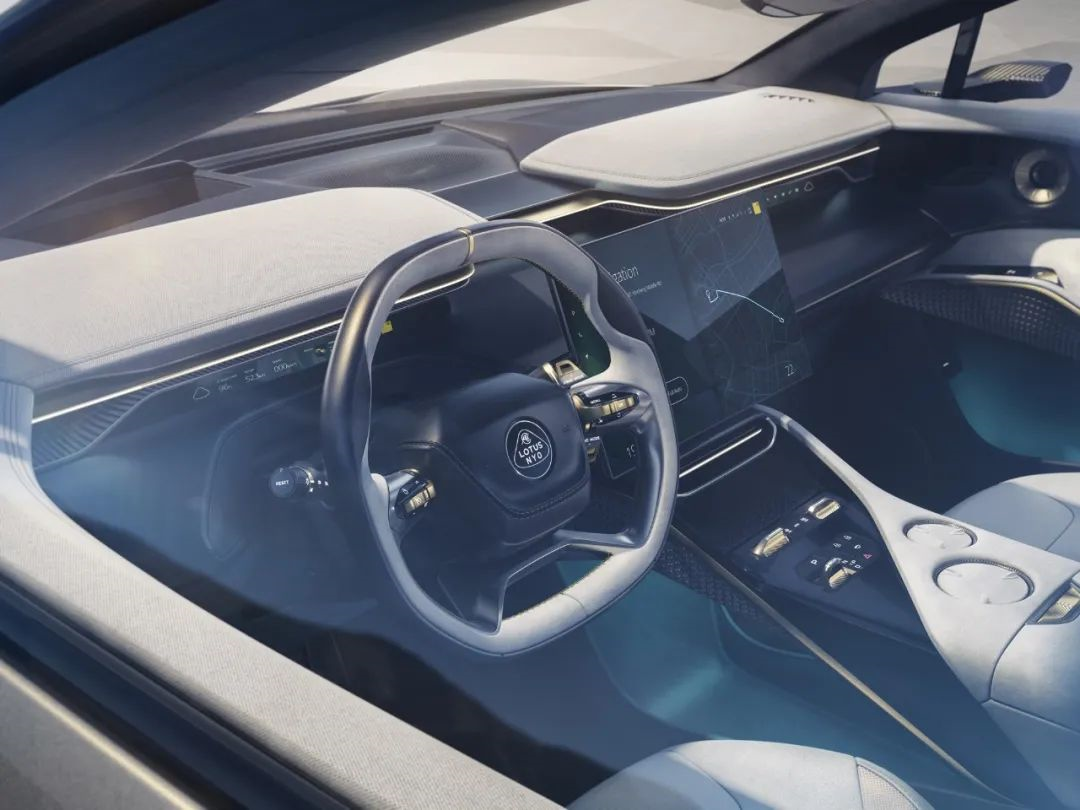
We can see that Lotus Eletre has weakened the presence of the instrument panel and simplified the display information. More driving information will be obtained through the AR-HUD.
This is also an exploration of the driving scene interaction methods, as well as the future trend of intelligent car cockpit interaction, just like many other models such as the Geometry A and the Ideal L9.
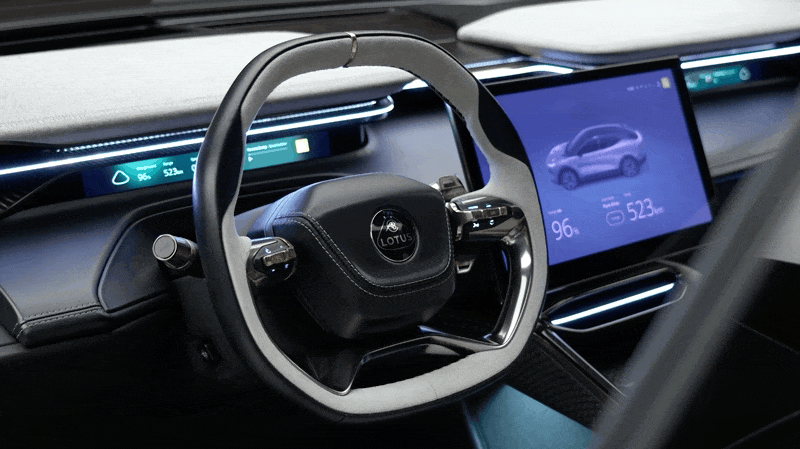
The co-pilot entertainment screen has the same size as the instrument panel and adopts a symmetrical design in the interior design. In addition to displaying driving information, it can also be used for music, calls, navigation, and settings.
Central Control Screen
The 15.1-inch central control screen of the Lotus Eletre is made of OLED, and when there is no need to observe the central control screen, it will automatically retract.
 We can see from the image displayed by the central control screen that the HMI and UI design of the car’s infotainment system in Lotus Eletre is relatively simple.
We can see from the image displayed by the central control screen that the HMI and UI design of the car’s infotainment system in Lotus Eletre is relatively simple.
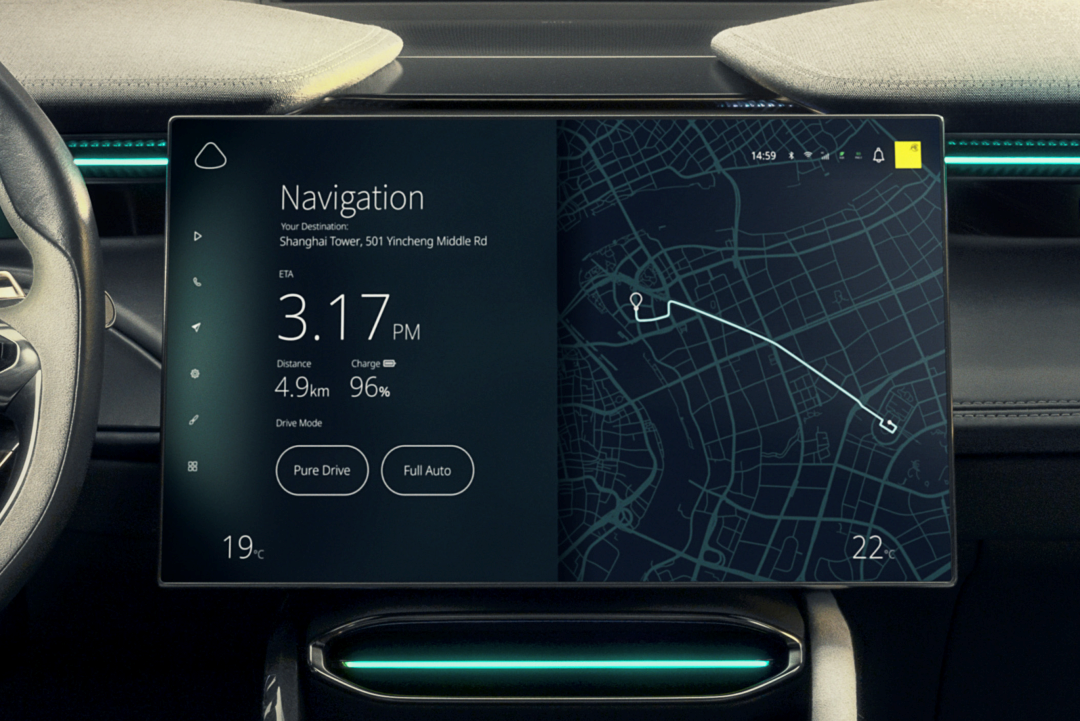
On the left side of the screen, there is a dock bar for driver’s touch interaction, with functions from top to bottom for music, phone, navigation, settings, (unknown), and more applications.
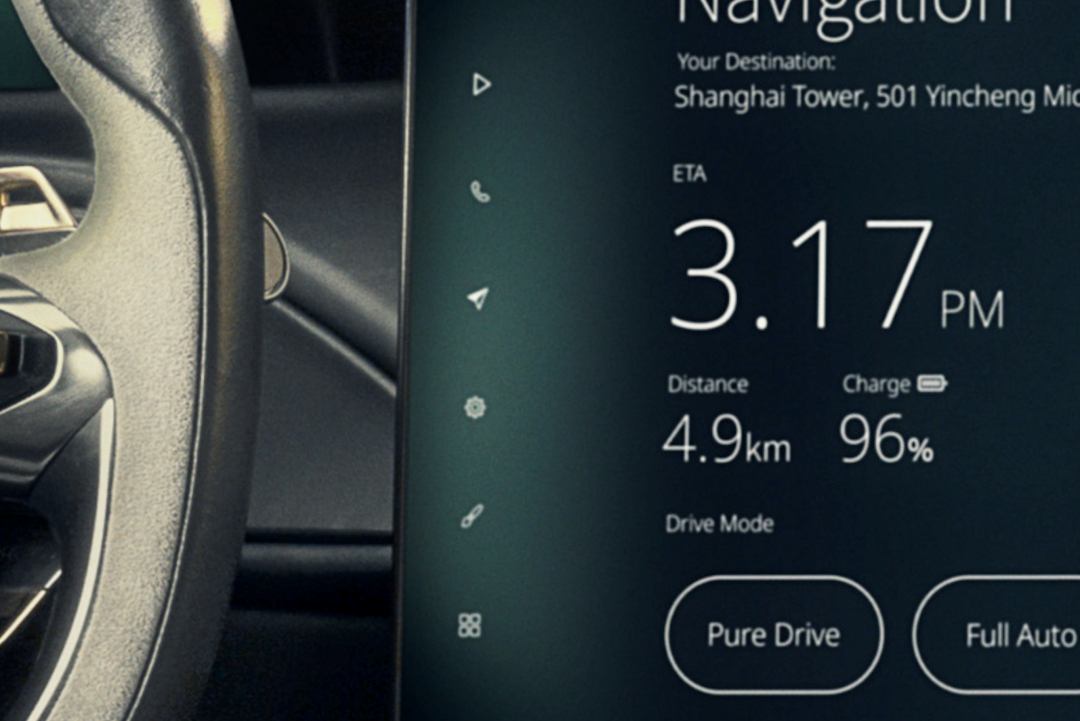
In the top-right corner, there are displays of time, Bluetooth, WIFI, network, (presumably air quality), (difficult to read), notifications, and user information.
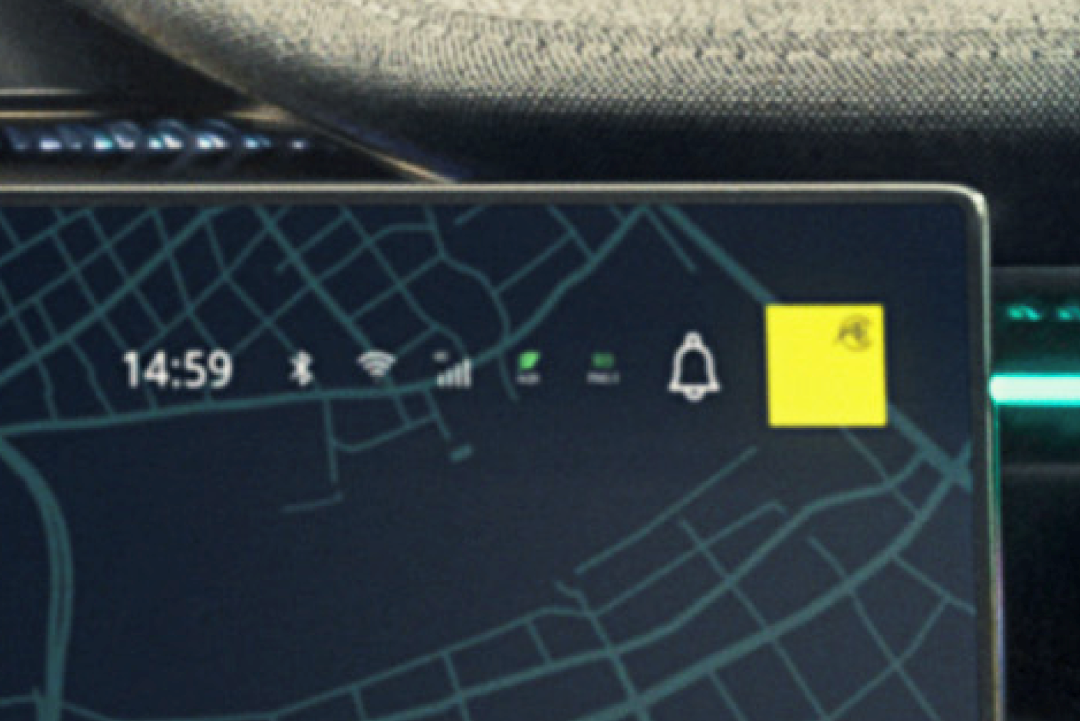
The bottom sides of the screen are the air conditioning settings, which can be adjusted by clicking it.
Meanwhile, in the navigation interface, we can see that Lotus Eletre provides two options, “Pure Drive” and “Full Auto,” which suggests that users can choose between manual driving and automatic driving after selecting the route.

P.S. Of course, this is subject to L4 autonomous driving being open…
Rear-seat Entertainment Screen
The rear-seat entertainment screen of Lotus Eletre is arranged on the central armrest of the rear seat. During use, it can be tilted upright, and the tray below the rear-seat control screen can provide wireless charging for mobile devices.

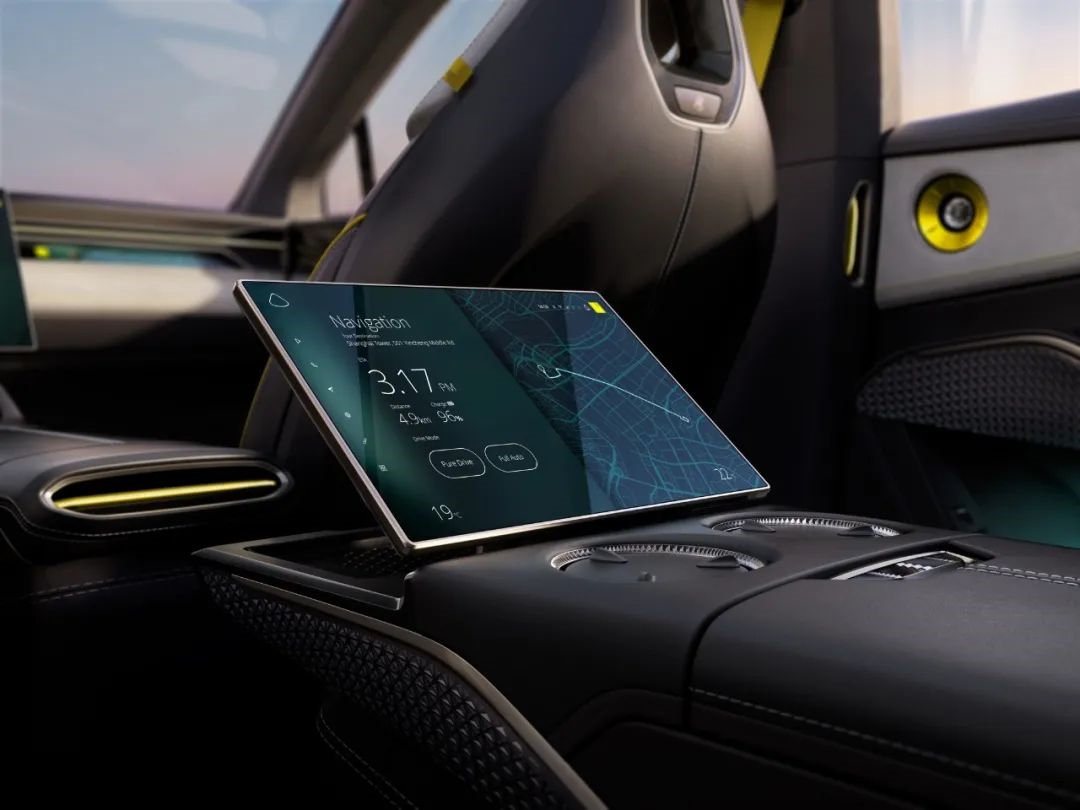
According to the official picture, the information and function currently displayed on the rear-seat entertainment screen are basically consistent with those of the central control screen.
Voice Interaction
What we can confirm is that Lotus Eletre is equipped with voice interaction and has set up a button for waking up voice assistant on the steering wheel.
 We can see from the official images that there are microphones installed on the roof of the rear seats, indicating that the Lotus Eletre will probably support multi-accent recognition.
We can see from the official images that there are microphones installed on the roof of the rear seats, indicating that the Lotus Eletre will probably support multi-accent recognition.
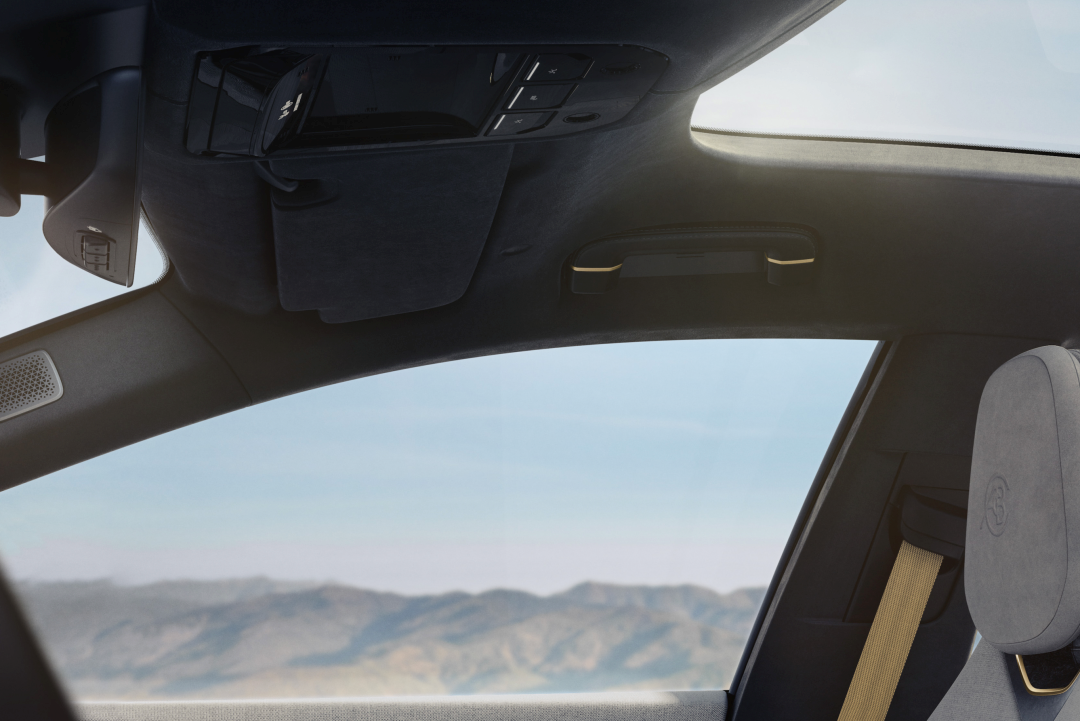
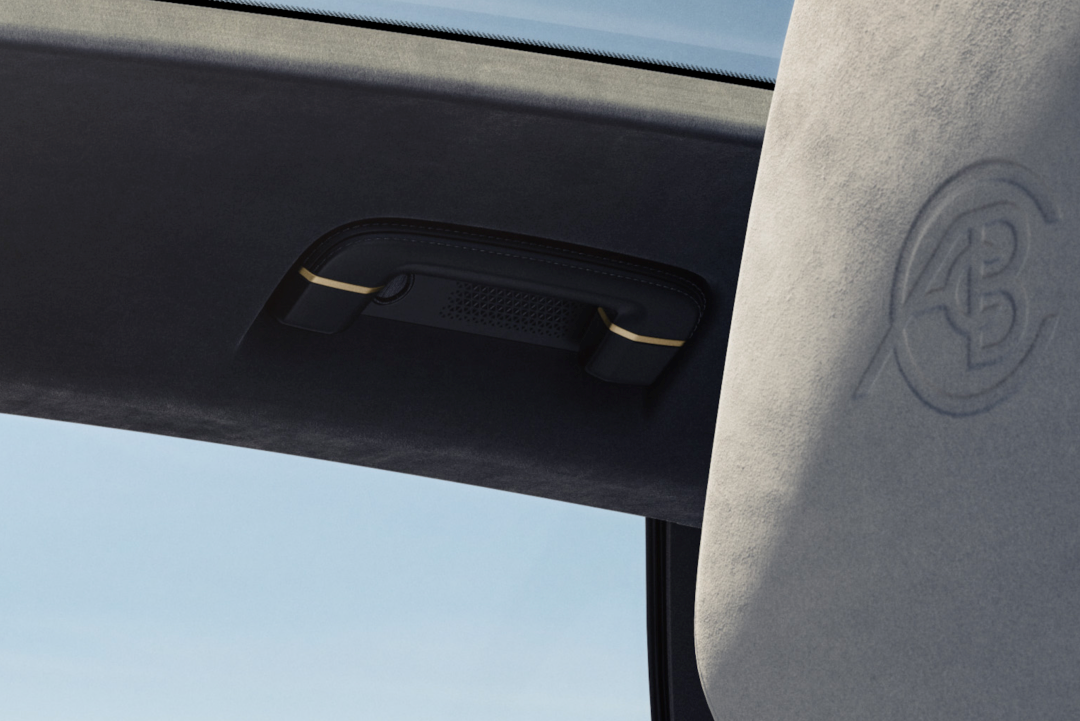
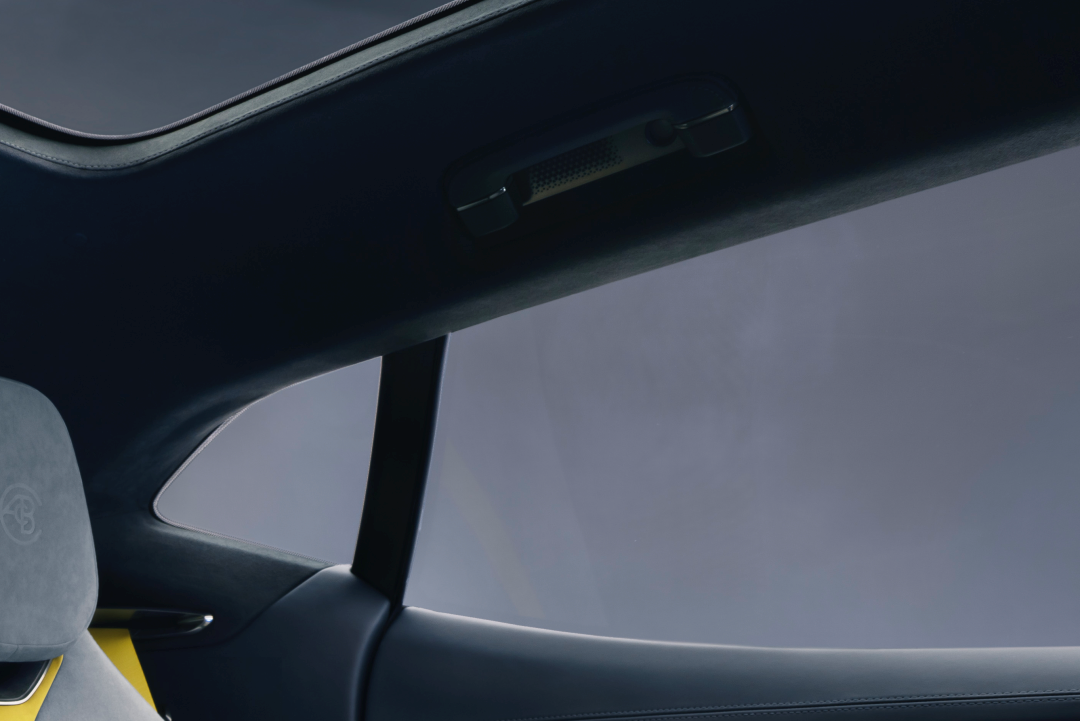
In addition, there is a “cut-out Lotus logo” in the upper left corner of the central control screen, which may be a visual representation of the intelligent assistant during voice interaction.
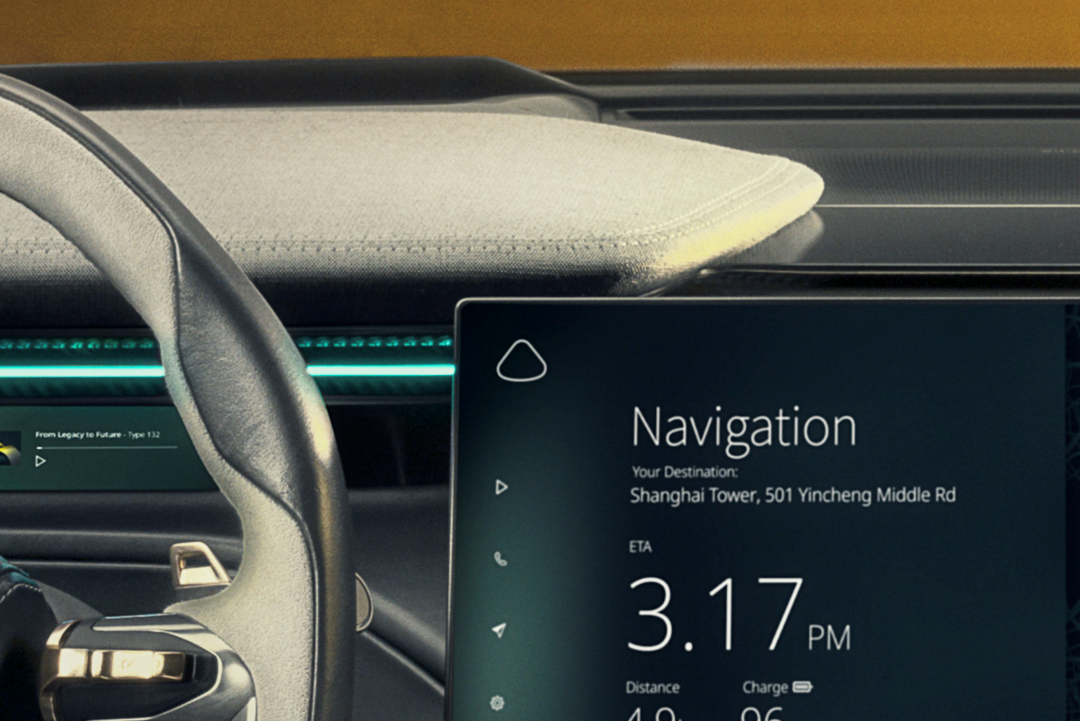
Steering Wheel Interaction
On the steering wheel control buttons, besides the previously mentioned voice assistant wake-up key, there are ADAS adjustment buttons on the left and controls for the infotainment system and display settings on the right.
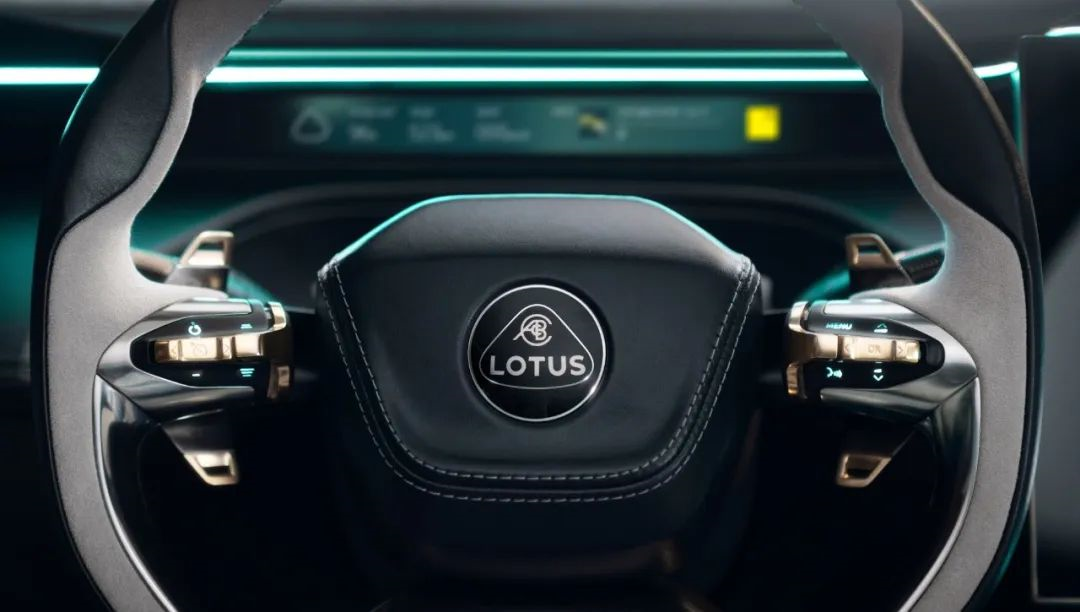
Judging from the design of the steering wheel, the buttons are expected to support not only clicking but also up and down movements. Additionally, the car distance adjustment on the left and the voice assistant/menu key on the right use a ring design, which will only support thumb movement.
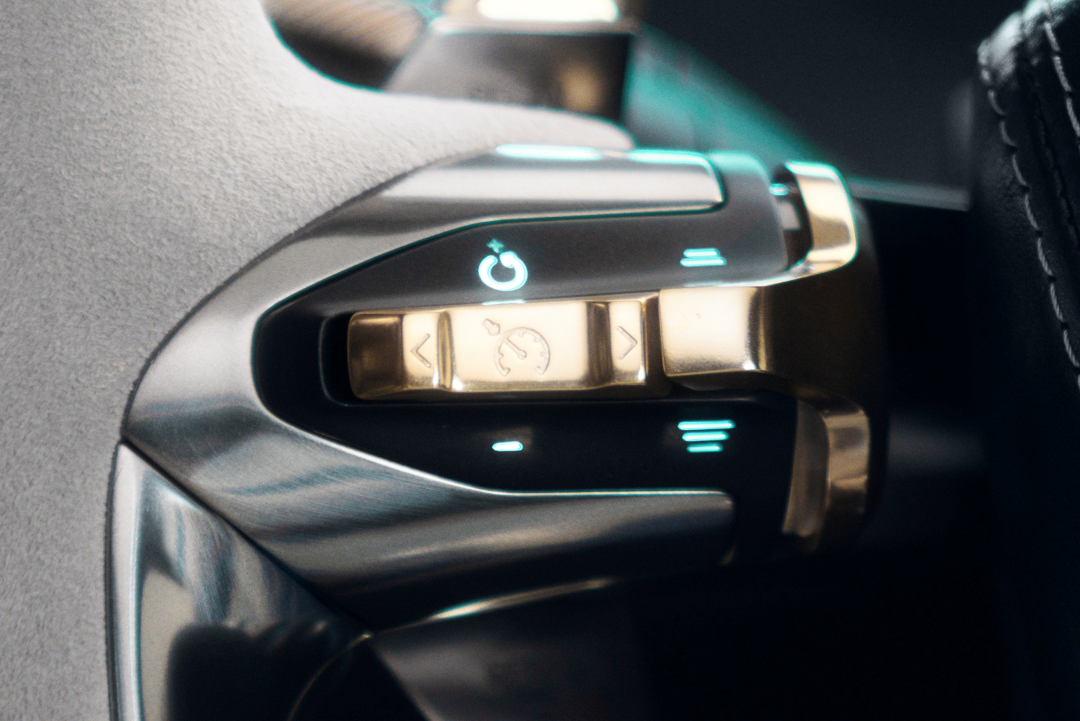
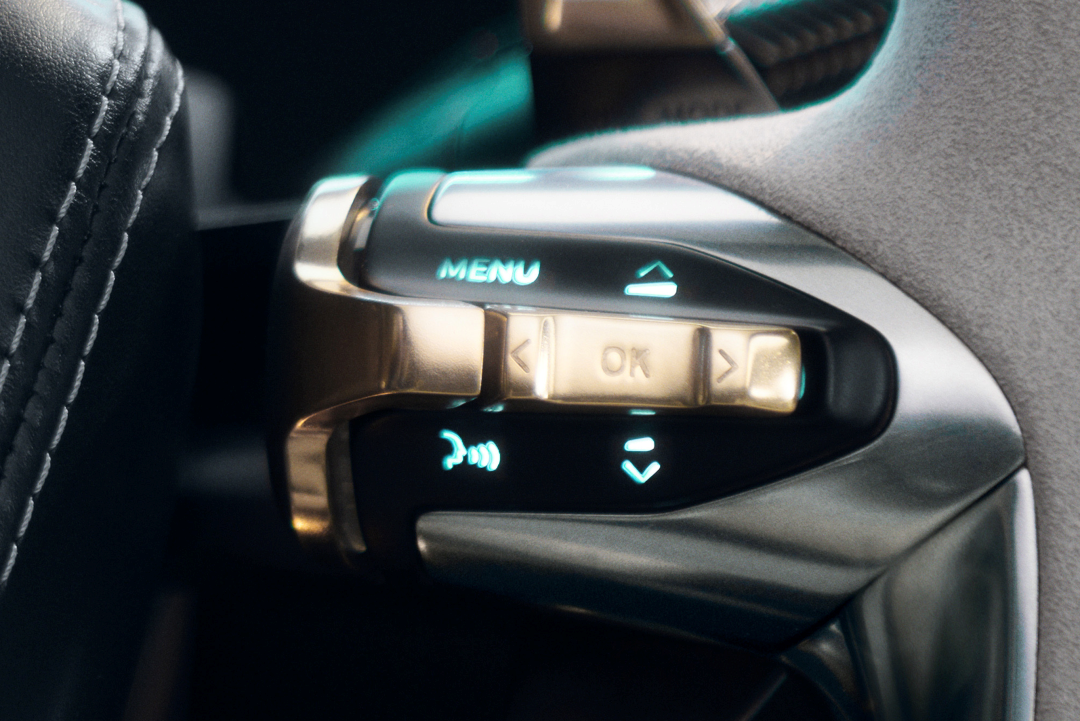
If it’s still difficult to understand, you can refer to the steering wheel buttons of the Mercedes-Benz S-Class and the Ideal ONE.
Light Interaction
Inside the cockpit, we can see that there is a light strip that runs through the center console. This light strip can be used not only as an ambient light, but also for light interaction by changing the color and lighting effects, such as for incoming call reminders, temperature adjustments, and displaying battery charging status, and more.
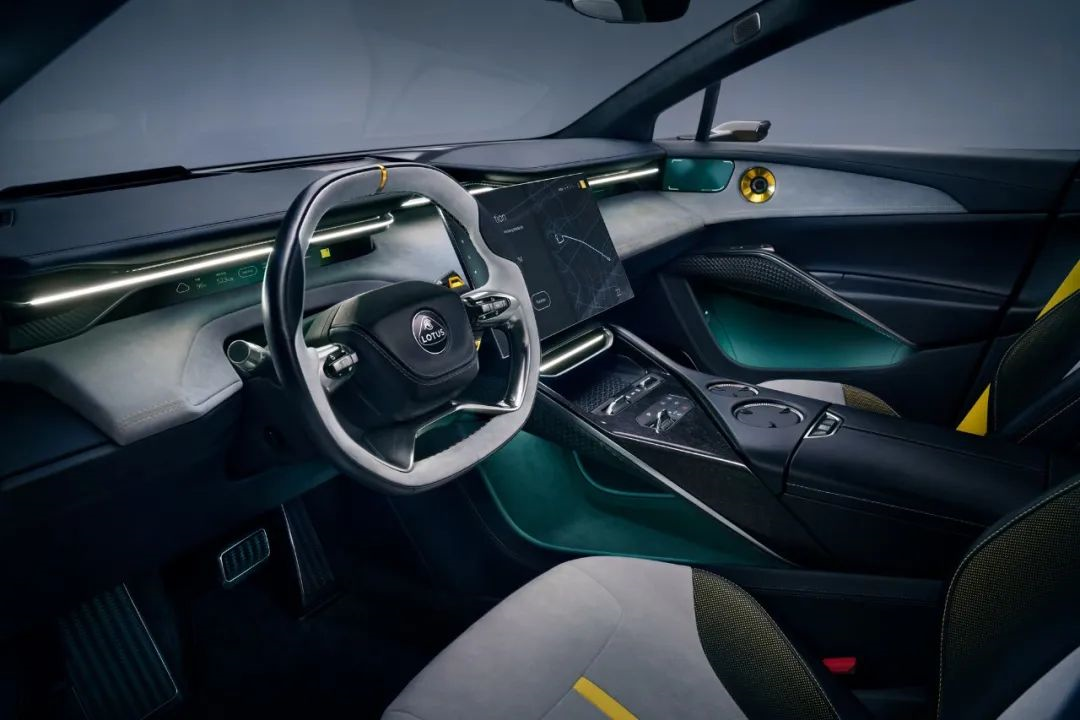 The interactive designs mentioned here may not be new to today’s intelligent cars. Models like the Mercedes-Benz S-Class, the AITO Wanjie M5, and the GAC-HiPhi Z are equipped with lighting interaction, a rotating center console screen, multi-tone voice interaction recognition, and minimalist center console UI designs, which are already “standard” in most intelligent cars.
The interactive designs mentioned here may not be new to today’s intelligent cars. Models like the Mercedes-Benz S-Class, the AITO Wanjie M5, and the GAC-HiPhi Z are equipped with lighting interaction, a rotating center console screen, multi-tone voice interaction recognition, and minimalist center console UI designs, which are already “standard” in most intelligent cars.
However, for Lotus, these interactive designs are truly “groundbreaking.” According to the information provided by Lotus, the cockpit design of the Lotus Eletre is a collaboration between a British team and a Chinese team. This is confirmed by the Chinese characters displayed in the overseas official pictures, with the navigation route guidance from the Shanghai Science and Technology Museum to the Shanghai Center Tower.
In the past two years, quite a few configurations on intelligent cars have caused most car companies to “crazily compete,” such as high-performance SoC, high-performance intelligent driving platforms, increasingly high screen resolution, and of course, the sound system and LiDAR.
Let’s first talk about the sound system. The most unforgettable sound system that I have experienced so far is the “Berliner” from the Mercedes-Benz S-Class with 31 speakers and an output power of 1750W. In the information released by LiXiang for the L9, it is equipped with 21 speakers and an output power of 2160W.
So what is standard on the Lotus Eletre is the KEF Premium sound system from the British KEF brand, which is equipped with 15 speakers, an output power of 1380W and Uni-Q and surround sound technology. This system combines the traditional layout of high and mid-range speakers into a single acoustic unit, providing a more coherent and lifelike acoustic experience.
If you think the KEF Premium sound system is inferior to the “S-Class Berliner” and the “LiXiang L9” when you read this, don’t worry… As just mentioned, that is the standard…KEF Reference audio system can be optionally installed on Lotus Eletre. It is equipped with 23 speakers, output power of 2160W, the same as the ideal L9, and adopts Uni-Q and surround sound technology. At the same time, KEF Reference also uses Uni-Core technology to combine two drive units into a single magnetic system, and configures the two voice coils in coaxial coplanar manner, which reduces the size of the box by nearly one-third and greatly increases the unit stroke.
P.S. Yes, the audio system is “folded”…
LIDAR
After talking about the audio system, let’s take a look at the LIDAR.
Remember who said “Don’t speak if you have less than 4 laser radars”?
This Lotus Eletre “spoke”: four hidden LIDARs have been installed.
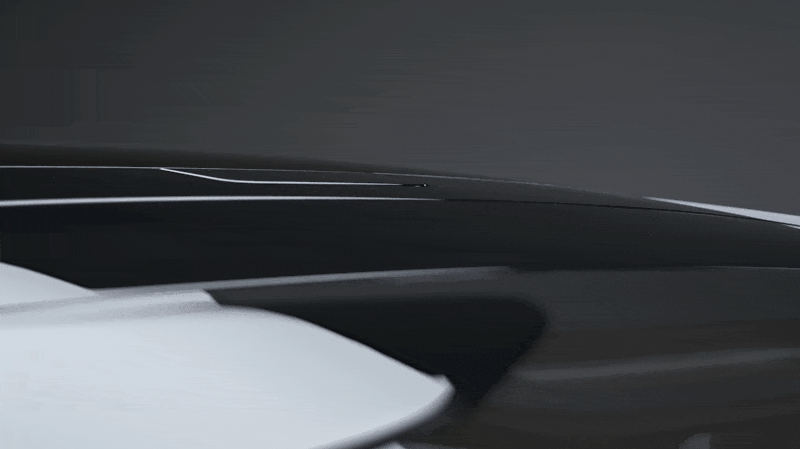
The four LIDARs installed on the Lotus Eletre are arranged at the front and rear ends of the roof and the left and right fenders. In order to reduce the wind resistance effectively enough when not using automatic driving function, all four LIDARs can be hidden.
Picture
In addition to LIDAR, Lotus Eletre also has two cameras installed on the left and right side mirrors (three for electronic rearview mirrors, including one electronic rearview mirror camera), which are 360 panoramic image cameras and ADAS side front view cameras respectively.

According to the information, the intelligent driving hardware of Lotus Eletre can meet the L4+ automatic driving function, including:
-
Four LIDARs;
-
Six millimeter wave radars;
-
Twelve ultrasonic radars;
-
Seven 8 million pixel cameras;
-
One DMS/OMS camera;
-
Two surround view cameras.
Finally
Lotus Eletre will be produced in the Lotus Wuhan Intelligent Factory in China and will be delivered to the Chinese market, the UK market, and some European markets in the first batch in 2023.

Returning to the Lotus Eletre, we can see Lotus’ insistence on aerodynamics and lightweight design, as well as the progress in interior design and interaction design.
However, I found something in the comments on the Lotus official website:
- Eletre is fitted with standard mirrors in markets where local regulations do not allow ERMD;
In markets where electronic rearview mirrors are not allowed by regulations, Lotus Eletre comes with standard rearview mirrors;
- 23-inch wheels and ceramic brakes are optional in all markets;
23-inch wheels and ceramic brakes are optional in all markets;
- Panoramic glass sunroof is optional in markets outside China.
The panoramic glass sunroof is optional in markets outside China.
This means that the Lotus Eletre in the Chinese market in 2023 will come with standard rearview mirrors and optional 23-inch wheels and ceramic brakes. The question remains whether the panoramic glass sunroof will be standard or not available in the Chinese market?

At least based on the current information, Lotus Eletre has performed well in terms of design, driving, intelligence, and electrification. The final suspense lies in its price in the domestic market.
This article is a translation by ChatGPT of a Chinese report from 42HOW. If you have any questions about it, please email bd@42how.com.
